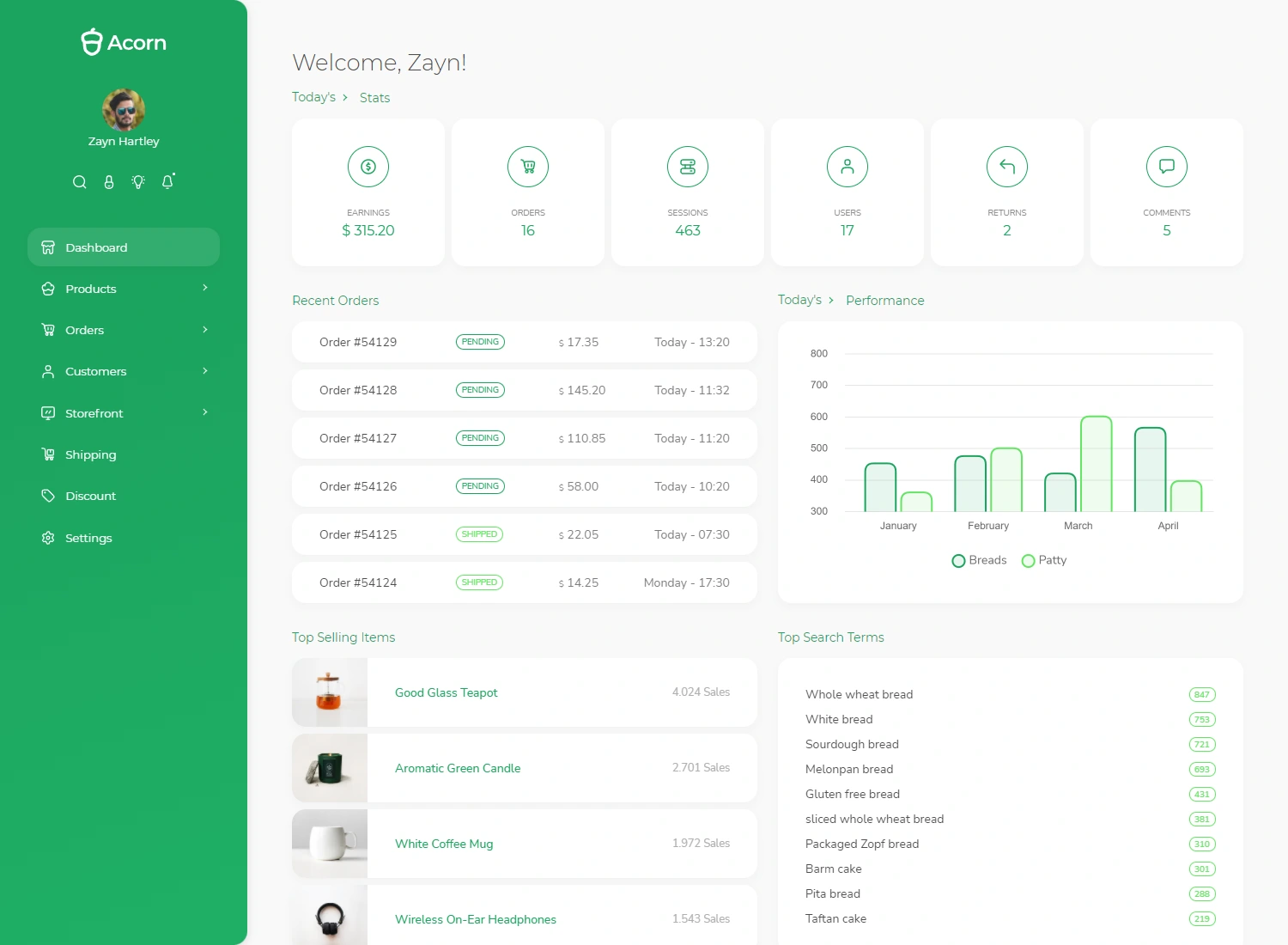Recent research led by scientists from the University of Alaska Fairbanks and Georgia Institute of Technology has revealed a new chemical process that worsens air pollution during extreme winters. In cities like Fairbanks, Alaska — one of the most polluted places in the U.S. during winter — the chemical formation of pollutants, particularly fine particles known as PM2.5, is occurring in unexpected ways. This discovery challenges the current understanding of how pollution behaves in extremely cold environments and raises global concerns.
What is PM2.5?
- PM2.5 refers to tiny particulate matter (smaller than 2.5 micrometres) suspended in the air.
- These particles are so small they can enter deep into the lungs and cause severe health issues, including asthma, heart disease, and even premature death.
- PM2.5 can originate from vehicles, industries, wood stoves, and burning fuel oils.
The Findings
The study found that cold temperatures — sometimes as low as -35°C — allow the formation of a pollutant called hydroxymethanesulphonate in PM2.5 particles. Traditionally, this chemical was thought to form only in clouds or fog, where liquid water is abundant. However, researchers discovered that in extreme cold, aerosol particles (tiny liquid droplets in the air) remain in a supercooled state. This means liquid water exists even at freezing temperatures, creating ideal conditions for the chemical reaction.
The key factors influencing this reaction are:
- Low Sulphate Levels: A ban on high-sulphur fuels in Fairbanks reduced sulphate levels but increased ammonium ions, lowering the acidity of particles.
- Supercooling: Aerosols retain liquid water at freezing temperatures, facilitating chemical changes.
- Rapid Acidity Changes: Shifts in the acidity of aerosols make it easier for pollutants to form.
The Bigger Picture
The study highlights the complexity of air pollution, particularly in regions with harsh winters. When governments reduce certain pollutants, such as sulphur, the chemical balance in the air can shift in unexpected ways, worsening air quality through new chemical reactions.
Implications for Global Regions
While these findings are most relevant to cold, industrialized areas like Fairbanks, they also apply to cold, high-altitude regions like the Himalayas or the Andes. Scientists emphasize that temperature shifts caused by climate change may further impact chemical pathways and air quality globally.
Air Pollution in Extreme Cold: Key Takeaways
- Air pollution, particularly PM2.5, can worsen in cold regions due to supercooled aerosols.
- New chemical pathways, such as the formation of hydroxymethanesulphonate, make reducing pollution more complicated.
- Cold regions, including those in developing countries, must consider these findings to improve air quality management.






